
All categories
Featured selections
Trade Assurance
Buyer Central
Help Center
Get the app
Become a supplier

(7733 products available)













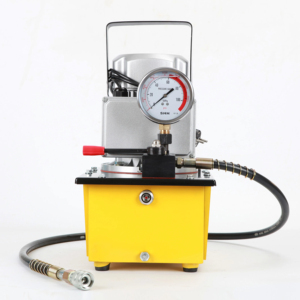






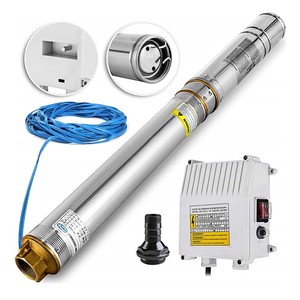


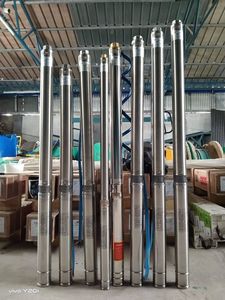











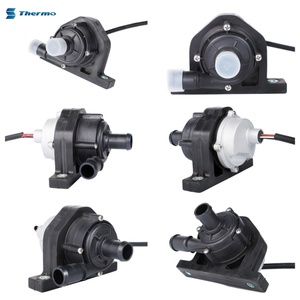

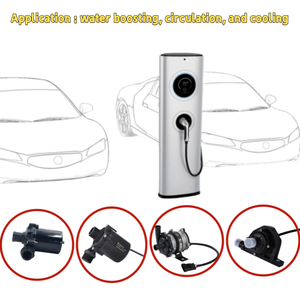


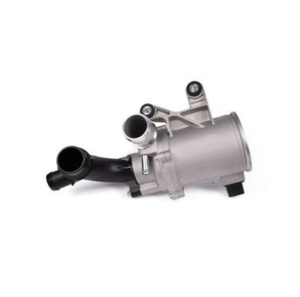




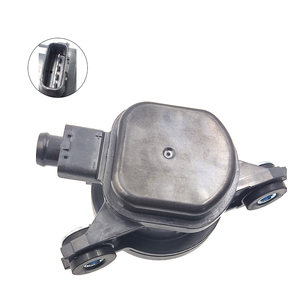
Auxiliary electric motor pump is employed in several sectors. These pumps have many uses, but their most important job is to guarantee extra reliability and protection against system failure. They help improve flow and pressure, especially in situations that demand high performance or where the main pump needs help.
The positive displacement auxiliary fuel transfer pump comprises a rotating element, a chamber, and a delivery passage closure member. This pump moves liquid by trapping a fixed volume of liquid within a chamber and then displacing it through the delivery passage. This pump dispenses fuels with great accuracy in low-flow applications. The water pump operates on the principle of positive displacement. All pumps need maintenance; ignoring the auxiliary water pump may lead the car's owner into trouble. Some other details can ruin the vehicle's condition, so do not ignore them.
A centrifugal auxiliary pump is one of the most frequent electric pump types because it is cheap. It has an impeller that rotates and moves liquid by converting its kinetic energy into fluid. The pump's simplicity and efficiency make it perfect for many tasks. Conditions that require low liquid viscosity and substantial flow rate suit this pump. Constant wear will require auxiliary electric water pump replacement. It is common knowledge that all car components work hand in a delicate balance. If one part fails, it can affect others, so attending to issues early on is best.
Users position submersible pumps inside water sources, such as wells, lakes, and rivers. They are designed to operate under pressure, and this characteristic makes them ideal for specific situations where fluid must be extracted from considerable depths. The components of a submersible pump are made to withstand external pressures and are thus submerged in the liquid they are meant to convey. A submersible auxiliary hydraulic pump, for example, can be used to boost the pressure required to lift water within a given framework.
Solar-powered auxiliary pumps harness renewable energy sources to help provide reliable water systems in remote or off-grid places. These pumps, which run on solar energy, are a sustainable substitute for electricity or fuel-based pumps.
The durability of the auxiliary electric motor pump is crucial for many applications where dependability is critical. The materials used in an auxiliary pump's construction directly affect its ability to resist wear, corrosion, and variable operating conditions.
Pump casings are often built of cast iron or stainless steel. Cast iron is harder. Stainless steel, in addition to excellent corrosion resistance, is easier to machine. Aluminum is also employed because it is lightweight and can be easily worked. Although cheaper, plastic materials degrade in the sun and are not as good as metal.
Mechanical seals stop fluid leaks between stationary and rotating pump parts. These seals are generally made of silicon carbide or tungsten carbide. Tungsten carbide is the most wear-resistant material for mechanical seals, hence suitable for the most challenging auxiliary pump applications. They are also heat-resistant. For auxiliary electric water pumps, the seals can be made of different materials depending on the state of the water and the temperature.
Impellers are mounted on centrifugal auxiliary pumps and are the rotating implements that expel fluid from the pump's outlet. Cast iron, bronze, and stainless steel are used for heavy-duty tasks. These materials help the impeller resist corrosion and wear. Polymer or aluminum impellers can be used in light-duty applications.
The moving parts of a pump require proper lubrication so they won't wear and tear quickly. Standard pump bearings are made of high-quality steel and have grease-sealed ceramic spheres. Some pumps use water-lubricated bearings for underwater areas with high temperatures. Water-lubricated bearings are less durable than their water-resistant counterparts but are great at resisting heat.
Corrosion is a serious problem for pumps operating in harsh or wet environments. Many auxiliary pumps are constructed with corrosion-resistant materials, such as cast iron coated with epoxy, stainless steel, or bronze, to extend the pump's working life. Auxiliary electric water pumps that fight off corrosion use sacrificial anodes, such as magnesium or zinc, to protect the pump from corrosive elements. These anodes absorb the corrosive elements in the water to protect the pump.
Many auxiliary pumps have high-grade steel bearings with factory-sealed ceramic balls to withstand friction. Certain underwater models even sport water-lubricated bearings that resist heat but provide little endurance.
Users need to understand the right application for an auxiliary electric motor pump in commercial settings. These pumps are widely used in industry, building, farming, and resource extraction.
Many industries use auxiliary pumps to convey fluids such as fuel, lubricants, and chemicals. This allows the process to be more efficient and maintain safety and production standards. Oil and gas processing facilities, for example, require auxiliary pumps to move crude oil and other petroleum products within the refinery.
Hydraulic auxiliary pumps are widely employed in building projects to power hydraulic machinery such as excavators and concrete placements. Auxiliary pumps are used in high-pressure concrete pumping systems to assist the main pump in conveying concrete over long distances or to high elevations. Such pumps increase the pressure required to move hydraulic fluids in high-demand areas.
Auxiliary electric pumps play a major role in helping irrigation systems operate well. Farmers utilize these pumps to move water to irrigate crops, making sure the fields receive enough water, even during dry spells. Auxiliary pumps help farmers maintain high production and crop quality by improving irrigation system efficiency.
The mining and drilling industries use auxiliary pumps to move water and other fluids during the mineral exploration process. These pumps remove water from mine pits (also known as dewatering), providing a safe working environment for miners. Auxiliary pumps convey cuttings and mud in drilling operations. The cuttings and mud are the discarded materials during the drilling process. Auxiliary electric pumps help maintain pressure in downhole, improving drilling efficiency.
Water treatment facilities rely on auxiliary pumps to move large amounts of water for treatment purposes. These pumps help water pass through treatment filters, chemicals, and processes before being returned to the environment or used as drinking water. Auxiliary pumps distribute water for fire protection systems in commercial buildings.
Selecting the right auxiliary electric motor pump entails evaluating factors such as functionality, effectiveness, and cost. Buyers should consider the following to ensure they purchase the right pump for their commercial clients.
The pump must be compatible with the current system. For example, if the main pump must be supported by an auxiliary piston pump, it should be a hydraulic piston pump. A centrifugal pump would not have the pressure needed for this task. The auxiliary fuel transfer pump should also be the right size. Pumps that are too big or small will be very inefficient. The current system's pressure and flow requirements should be satisfied by the pump.
The pump should be made from tough materials that can last long in hard situations, like metal or reinforced composites. Customers who can't have downtime often select pumps with features that require less maintenance, such as seals that last long and easy-to-replace components.
Pneumatic or hydraulic auxiliary pumps are used when a boost in hydraulic or pneumatic pressure is required. Centrifugal, submersible, and solar-powered auxiliary pumps work independently and need no hydraulic system to operate. They also consume less power. Auxiliary hydraulic pumps have the edge over them in terms of pressure.
A1: All the pump types mentioned above play different but equally important roles in moving fluids. The best one can be identified by the user's conditions, fluid viscosity, system requirements, and existing infrastructure.
A2: Auxiliary pumps and booster pumps are used to help systems convey liquids. However, the key difference is that booster pumps increase pressure in a pipeline or system, while auxiliary pumps move fluids from and to areas. They both provide additional support but in different ways.
A3: Auxiliary electric water pumps are usually easier to maintain than other kinds of pumps. Some parts can be replaced, but many cannot because they are worn and torn beyond recognition. In such cases, the only solution is to replace the pump.
A4: Grounding is a must for electrically operated pumps. It keeps the pump at zero potential, preventing electric shocks and damage to the pump components.
A5: The average lifespan of these pumps is between 8 to 15 years. Factors like maintenance, runtime hours, and working condition directly impact their longevity.